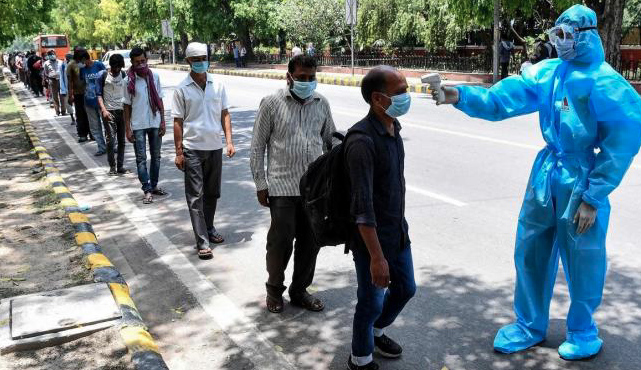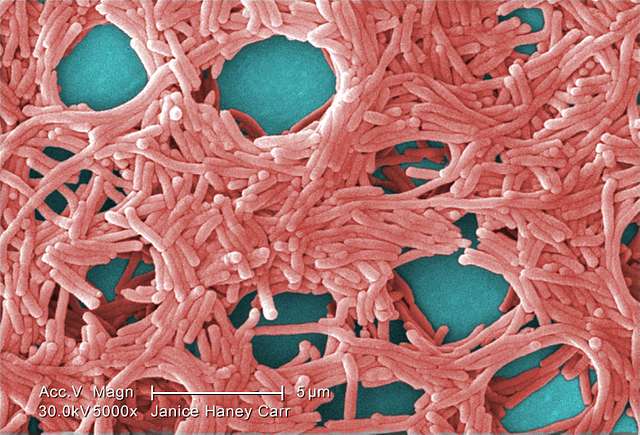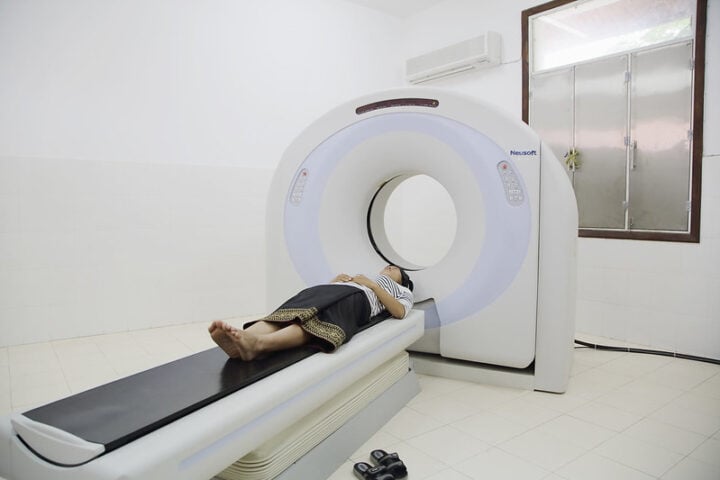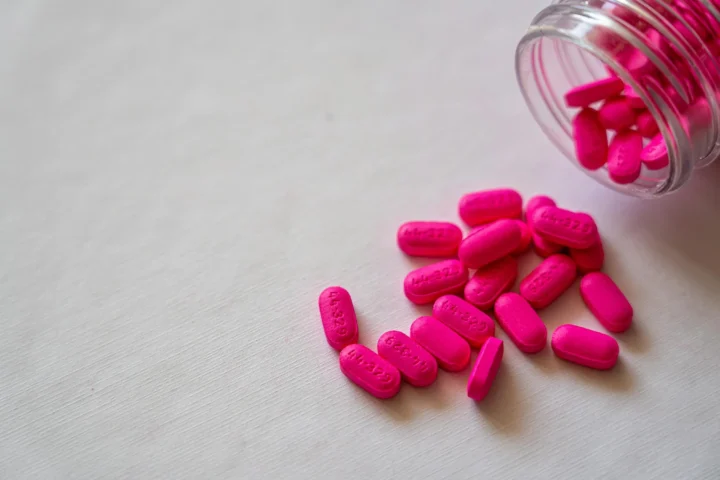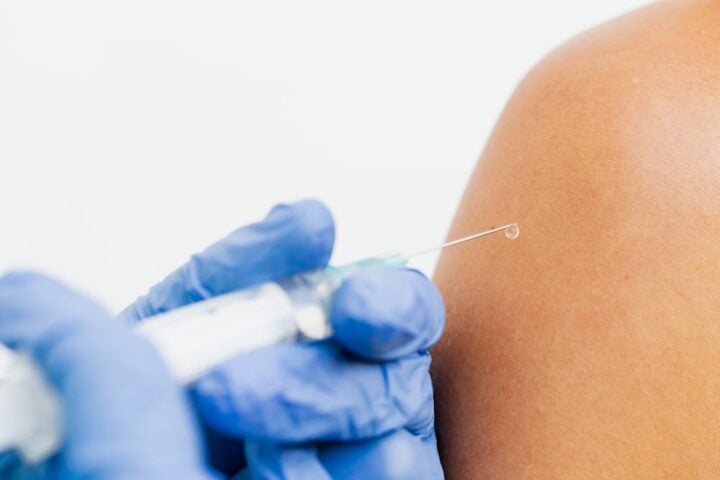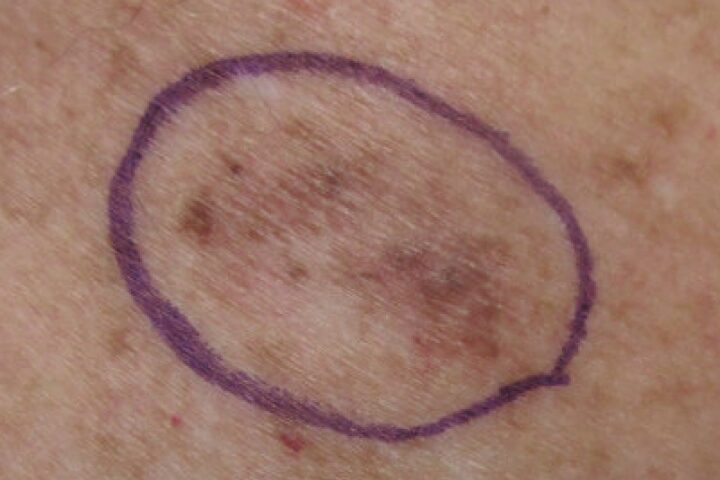There is a struggle for existence. Owing to better health care, life expectancy had improved. However, due to the pandemic, this trend fell by 1.8 years. According to the World Health Organization (WHO) report released Friday, Covid-19 eliminated a decade of progress in life expectancy. Between 2019 and 2021, global life expectancy fell to 71.4 years. Healthy life expectancy declined by 1.5 years to 61.9 years.
WHO Director General Dr. Tedros Adhanom said, “There continues to be major progress in global health, with billions of people who are enjoying better health, better access to services, and better protection from health emergencies. However, we must remember how fragile this can be. In just two years, the Covid-19 pandemic erased a decade of gains in life expectancy.”
Claiming nearly 13 million lives, Covid-19 emerged as a top cause of death. It ranked third globally in 2020 and second in 2021. According to Dr. Samira Asma, Assistant Director-General, WHO Data, Analytics and Delivery for Impact Division, non-communicable diseases (NCDs) such as ischemic heart disease, stroke, cancers, chronic obstructive pulmonary disease, other dementias, and diabetes were the biggest killers before the pandemic. These were responsible for 74% of all deaths in 2019. Even during the pandemic, NCDs continued to account for 78% of non-Covid deaths.
Similar Post
The WHO regions for the Americas and South-East Asia were hit hardest, with life expectancy dropping by approximately 3 years and healthy life expectancy by 2.5 years between 2019 and 2021. The report highlighted concerning trends in malnutrition and obesity. Over 1 billion people aged 5 and up had obesity in 2022. More than half a billion were underweight. Progress in averting maternal deaths has also slowed or stagnated in most parts of the world.
The report further highlights the significant health challenges faced by persons with disabilities, refugees, and migrants. About 1.3 billion people, or 16% of the global population, had a disability. Access to healthcare for refugees and migrants remains limited.
According to Dr. Haidong Wang, Unit Head, Monitoring, Forecasting and Inequalities, WHO Data, Analytics, and Delivery, health-related Sustainable Development Goals (SDGs) are unlikely to be met by 2030. Universal Health Coverage (UHC) expanded by 585 million more people, falling short of the goal for one billion more people accessing UHC.
Dr. AMS said, “While we have made progress towards the Triple Billion targets since 2018, a lot still needs to be done. Data is WHO’s superpower. We need to use it better to deliver more impact in countries.”
In short, the WHO report says that life expectancy declined due to Covid-19.
